Starseeker, the eighth Celestis Earth Rise service, was launched from Spaceport America, New Mexico on September 17, 2018. Each flight capsule - containing a symbolic portion of cremated remains or DNA sample - experienced the elegant dance of weightlessness, and returned to Earth for recovery.
The Celestis flight capsules were placed aboard a UP Aerospace SpaceLoft XL rocket, on a mission sponsored by the NASA Spaceflight Opportunities Program to conduct microgravity experiments and technology demonstrations for NASA and affiliated researchers.
Family members, friends, and loved ones gathered in New Mexico to share stories about loved ones on board, to make new friends, and to witness – often for the first time – the power and grandeur of a launch into space. It was an experience that will be cherished for years.
Liftoff of the Goddard Flight from Spaceport America, New Mexico (2011).
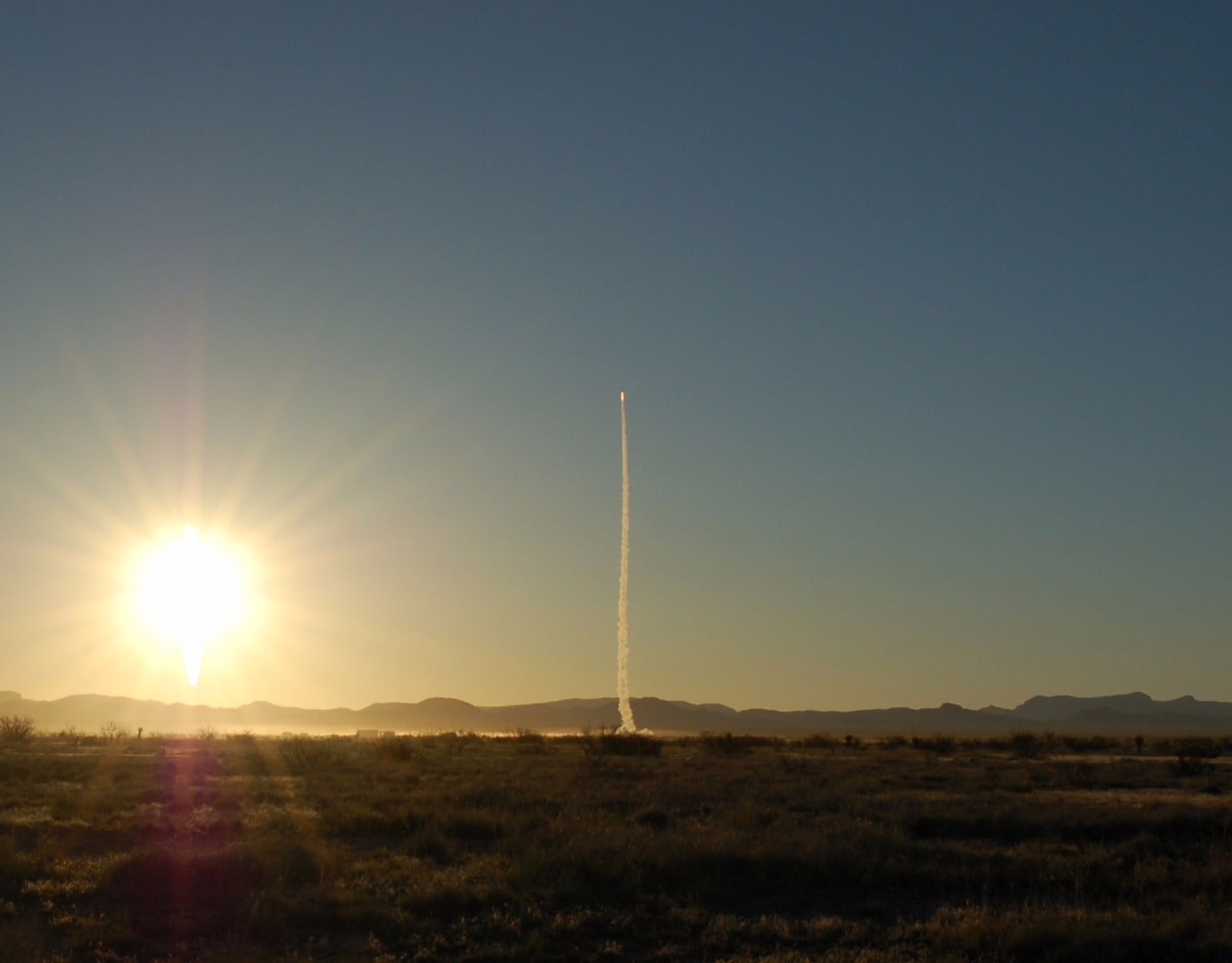
The Starseeker Flight was hosted aboard an UP Aerospace SpaceLoft XL rocket. UP Aerospace is an experienced mission provider for the NASA Flight Opportunities Program. The primary purpose for the UP mission that includes Starseeker flight capsules was to test space technologies and perform microgravity experiments.
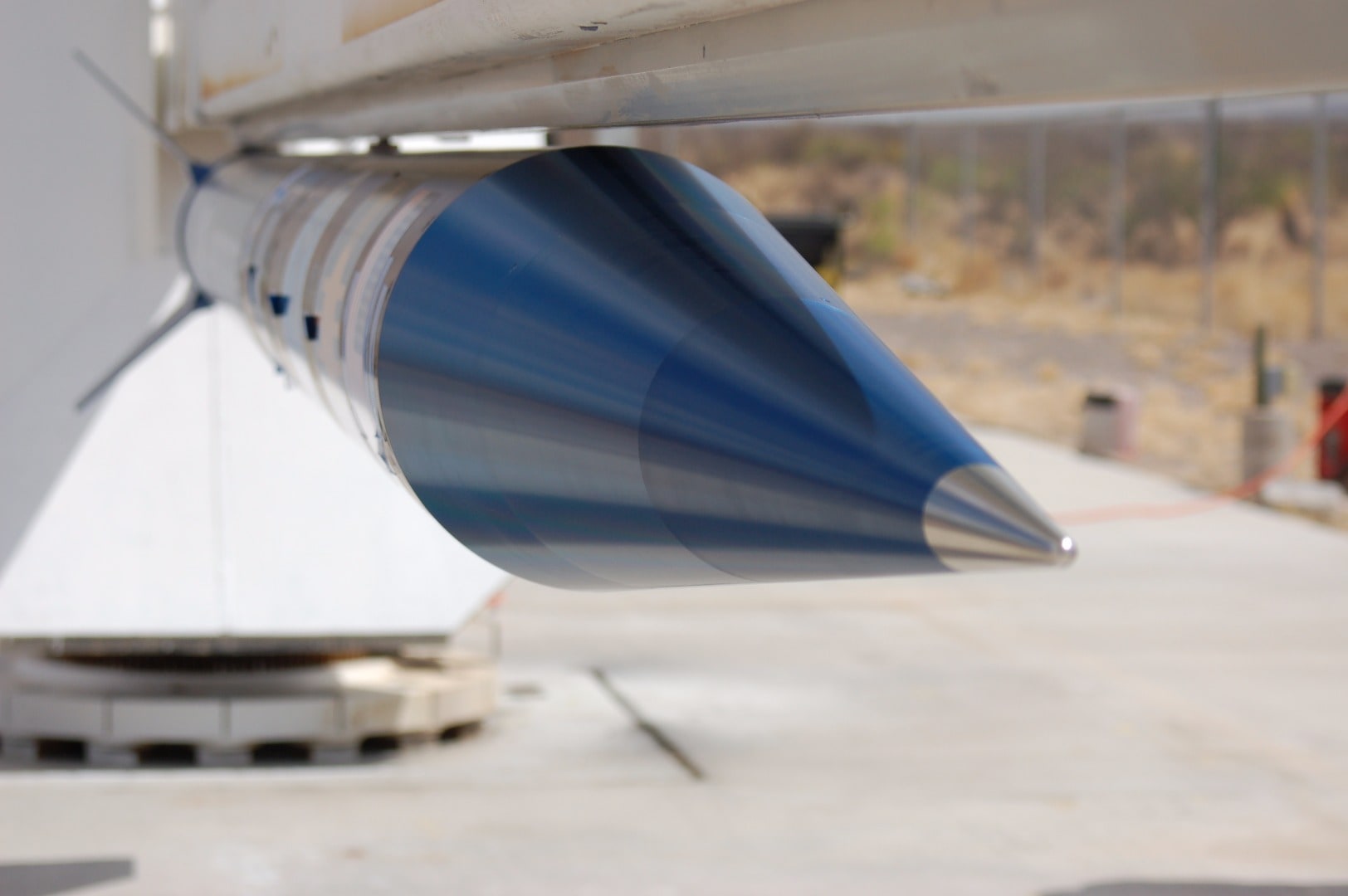
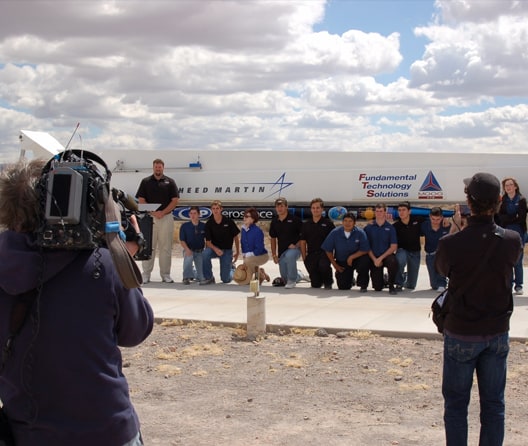
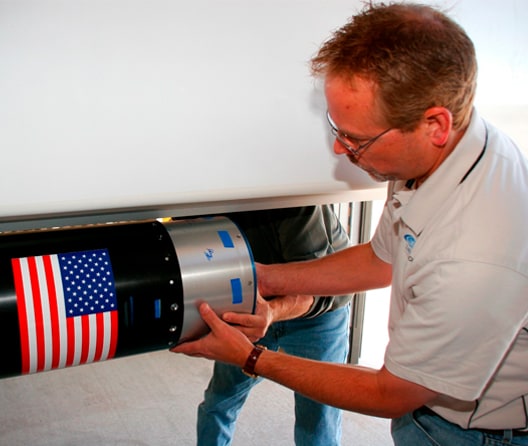
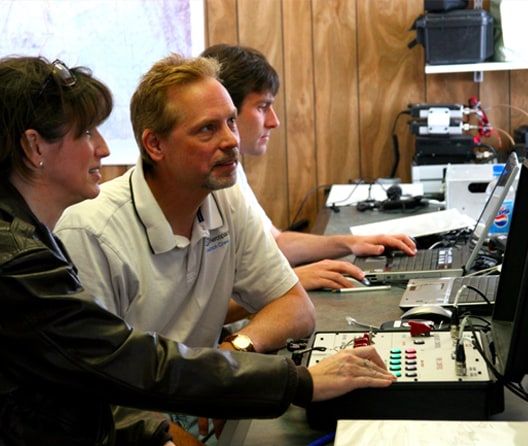
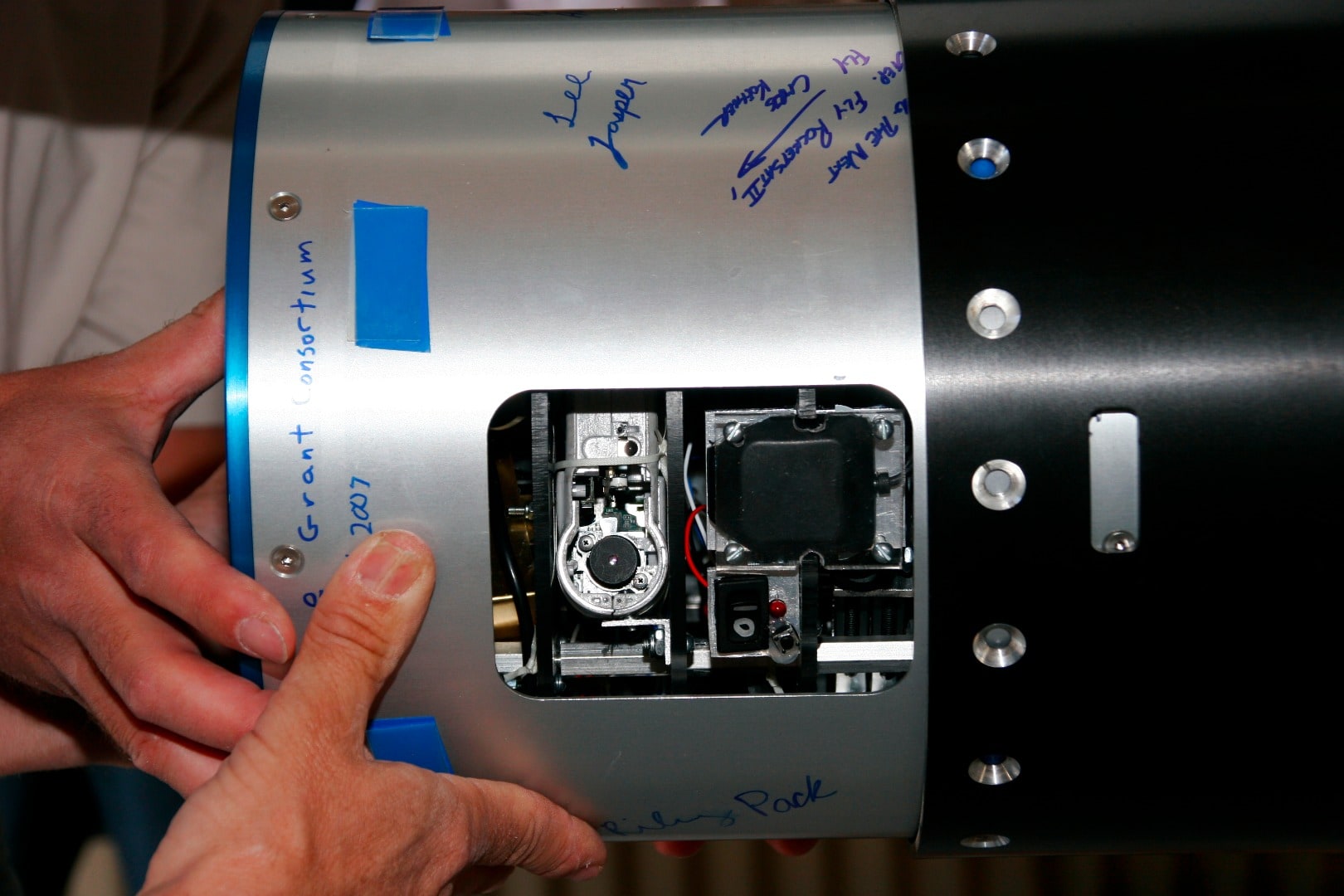
ABOARD THE STARSEEKER FLIGHT
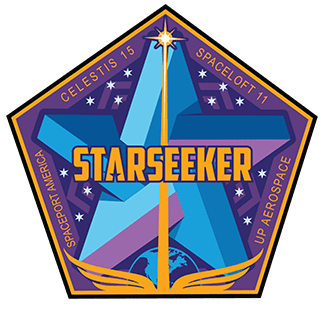
The Starseeker Flight Mission Logo, designed exclusively for Celestis by noted space artist Eric Gignac, places a single large star amidst a field of fourteen smaller stars. The smaller star field depicts all fourteen Celestis Memorial Spaceflights conducted to date – an unmatched flight heritage.
The dominant star is crossed by Gignac’s version of the traditional NASA astronaut logo – a shooting star borne on a winged column – signifying that all those aboard will reach space and, symbolically, become astronauts as they make their final journey among the stars.
Note: It is our responsibility to protect your privacy and we guarantee that your email address will be completely confidential. × Close